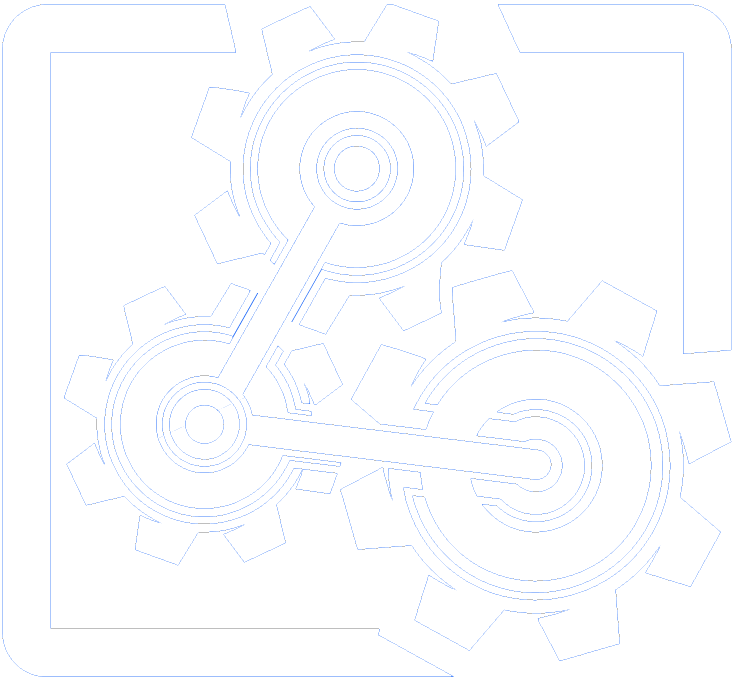Iterate, Iterate, Iterate
Some say “Iterate” is another fancy word for “practice,” but “iterate” has a very different wrinkle in the definition that makes it far more relevant in the business and professional world. While both words focus on repetition, improvement, and applied intention and effort, what moves “iterate” above “practice” for me and my work is that “iterate” enfolds more complexity, more dynamism, and more engagement with real time factors.
Let’s first look at what it means to practice. Practicing involves repeating steps or motions many times in order to achieve a clear goal. Hitting your driver straight on the golf course requires a lot of dedicated practice. So does getting a strong backhand to reliably show up in your tennis game. In both of these instances the goal is clear, and perhaps more important, entirely stationary. Neither the fairway nor the baseline is going to move after you hit the ball.
Secondly, in both of these instances the practice part is ideally happening isolated from the rest of your game. Your best way to practice hitting your driver straighter is to go the driving range and focus on that one shot. Similarly, practicing your backhand is a dedicated activity that is very different from playing a game and consists of repeated balls hit to that side for you to return.
Finally, both of these examples illustrate how practice involves focusing entirely on your ability to close the gap between goal and outcome by refining and tweaking your actions in relative isolation from real world pressure. There’s no score on the driving range, and no one trying to beat you in a tennis practice session.
Things operate differently in the real world. There is real time involved, real money at stake, and real consequences to your actions. An errant drive late in the day on Sunday has cost many a PGA player millions of dollars, and same with professional tennis players finding the net with their backhand instead of the baseline.
Beyond the above simple costs, the real world is much more complex than single skill development and is full of moving targets, some of whom shoot back. It’s much more dynamic than a quiet driving range with clear distance markers. And perhaps most relevant, the real world is shifting and moving. In many instances, it is actually responding and adapting to your ongoing efforts. You still control your own action of course, and are trying to close the gap between goals and outcomes. But the real world has agency, the market has other players, and not all of your colleagues are “friendlies” rooting for your success. Practice has limited use in this environment
“Iterate,” on the other hand, is what I find works best when it comes to improving our performance or products in the real world. Every effort at betterment comes from intentionally incorporating feedback we have received from the previous effort’s trials. Every “next version” has incorporated revisions or adaptations that address the previous version’s shortcomings. Every model is necessarily an effort to find a better fit in the complex and dynamic real world.
As individuals seeking to make change in our lives, we can iterate by taking on the mindset of “perpetual prototyping.” This is more than just a mental stance. In fact, it’s much more about cultivating emotional resiliency in the face of struggle. It requires us to also implement a degree of discipline when encountering resistance, especially from our own internal inertia. This approach gives us added flexibility that comes with holding all things more lightly along with the calm assurance that comes from viewing failure as the next opportunity for improvement.
Making significant and sustainable change is rarely easy, but it can reliably be accomplished with dedicated time and effort. But instead of “practice, practice, practice,” a much better approach to building out better habits, lifestyle choices, skillsets, and other personal and professional goals is to “iterate, iterate, iterate.”

